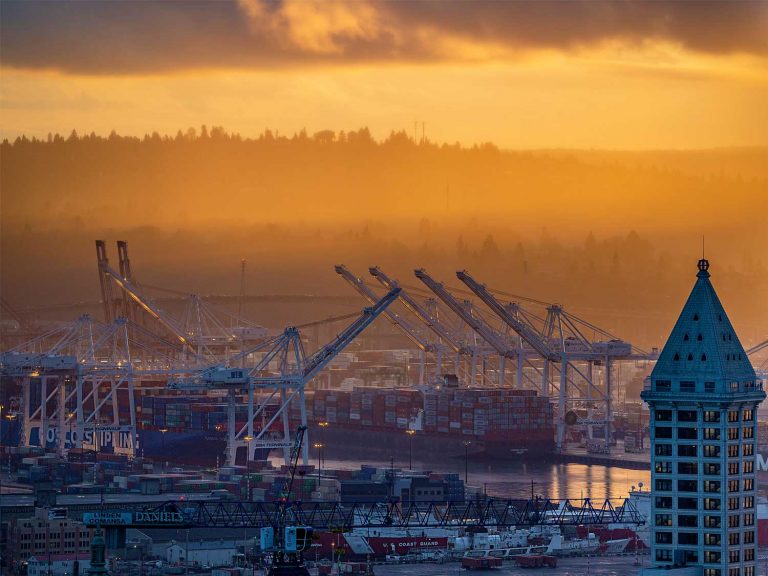
Date:
US West Coast ports shut by ILWU dockworkers
After almost 13 months of negotiation and agreement on key issues, it would appear that some ILWU members’ patience has run out, as industrial actions shut down or severely impacted operations at the ports of Los Angeles, Oakland, Tacoma, Seattle and Hueneme last week.
Reports in US trade press suggest that negotiations between the ILWU union and employers, represented by the Pacific Maritime Association (PMA), deteriorated over wages, with workers not showing up at some terminals beginning last Thursday night, halting operations and impacting cargo flows at other facilities.
The PMA has accused the ILWU of disrupting operations to leverage negotiations, which commenced last May, while the LWU described the absences as workers expressing their frustration over the lack of progress in the talks with the PMA.
Ray Cordero, Executive Director of the port of Long Beach, urged the ILWU and the PMA “to continue negotiating in good faith toward a fair agreement”, while ILWU’s International President Willie Adams said talks have “not broken down” and that the union “aren’t going to settle for an economic package that doesn’t recognise the heroic efforts and personal sacrifices of the ILWU workforce that lifted the shipping industry to record profits.”
While the workers’ actions are not formal industrial action and most ports reopened on Monday, there are fears that stoppages could restart and even extend to other West Coast ports, if rank-and-file ILWU members become disillusioned with the labour contract negotiations.
Shippers, that had shifted cargo to other gateways to avoid labour-linked disruption, had begun to switch volumes back, with LA and Oakland reported rising volumes in the past months, and while last week’s disruptions may have been expected to slow down further shifts to the West Coast, developments on the Panama Canal may make shippers cautious about using the East Coast.
Water levels in the watercourses that feed into the Panama Canal’s locks are far below normal, due to drought, resulting in draught limits and rising surcharges for container ships traversing the canal.
The canal authority has steadily reduced draft levels since February, which means the largest ships must take fewer containers overall or cherry-pick lower-weight containers.
If water levels keep falling as forecast (to all-time lows) the market reaction will be higher shipping rates and a scramble to find alternative routes from Asia.
If you are shipping to, or importing through, the West Coast and have any concerns we can review your situation and, if necessary, prepare contingency plans to protect your supply chains.
There are alternative access ports in Canada, the Gulf and on the East Coast and with a collaborative approach, we will provide the best options to ensure that your supply chain expectations are met.
To learn how we can support your trade with the United States, or to learn more about our ocean solutions, please EMAIL our Chief Commercial Officer, Andy Smith.
